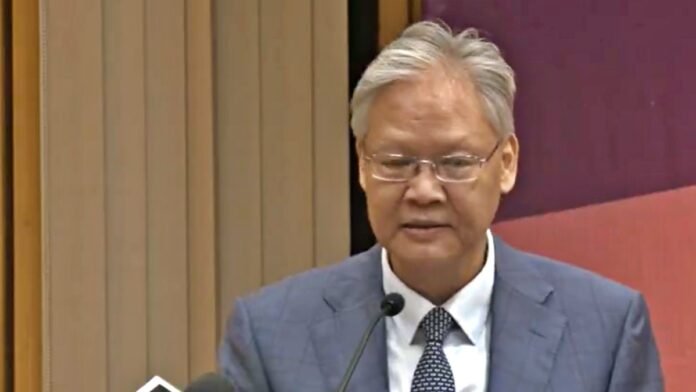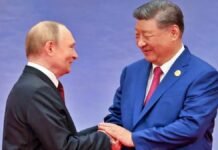
Key Points
- Chinese Ambassador Xu Feihong calls India–China friendship “vital” for Asia and the world; urges cooperation over rivalry.
- Labels recent US tariff actions on India as “hooliganism,” warning against normalizing trade coercion.
- Signals expanded access for Indian goods in China, citing complementarities: India’s IT–biomed vs China’s electronics–infrastructure–new energy.
- Stresses dialogue to manage differences and build “mutual trust”; backs a balanced, orderly multipolar world.
- Announces resumption of Indian pilgrimages to Mount Kailash and the holy lake; notes India’s restored tourist visas for Chinese citizens to boost people-to-people ties.
New Delhi: Speaking at an event in New Delhi, Ambassador Xu Feihong framed India and China as “two strong engines of Asia,” arguing that sustained cooperation is the “right path” for two large neighbors whose choices shape regional and global stability. He emphasized that the benefits of closer ties extend beyond bilateral gains to broader Asian and worldwide interests.
Xu urged both sides to prioritize dialogue, strengthen mutual trust, and address disputes pragmatically. He underscored that India and China “should move forward as partners, not rivals,” a line aimed at recalibrating perceptions amid recent tensions and signaling Beijing’s interest in stabilizing ties.
Sharp Rebuke for US Tariffs
The envoy blasted US trade measures on India as “hooliganism,” asserting Washington has weaponized tariffs after reaping decades of gains from free trade. He warned that tolerating such coercive practices risks entrenching a damaging precedent. In a pointed assurance, he said China “will stand firmly with India,” positioning Beijing as supportive of India’s trade autonomy and industrial development amid shifting global supply chains.
Economic Complementarities and Market Access
Xu highlighted sectoral complementarities:
- India: strengths in IT services, software, pharmaceuticals, and biomedicine.
- China: scale and speed in electronics manufacturing, infrastructure, and new energy technologies.
He said China would “welcome Indian goods more” into its domestic market, a signal to expand bilateral trade beyond raw materials and intermediates into higher-value Indian services and products. Such access, if realized, could:
- Reduce India’s trade deficit with China by diversifying export baskets.
- Enable Indian pharma/biotech, digital services, and specialized manufacturing to tap Chinese demand.
- Support joint ventures in EVs, solar, grid tech, and electronics—areas where China’s scale and India’s software/design strengths align.
Strategic Framing: Multipolarity and Global Flux
Calling the moment “the biggest change in the international system since World War II,” Xu argued that India–China coordination is pivotal for a “balanced and orderly multipolar world.” The message: as power diffuses, both countries share responsibility to stabilize supply chains, avoid bloc confrontations, and set fair rules in trade, tech, and climate transitions.
People-to-People Reset: Kailash Pilgrimage and Visas
To rebuild societal links, Xu announced:
- Resumption of Indian pilgrimages to Mount Kailash and the holy lake.
- India restoring tourist visas for Chinese citizens.
These steps can revive religious tourism, academic exchanges, and business travel—softening political edges with cultural and economic interdependence.
How This Could Translate Into Action
- Trade facilitation: Faster approvals, SPS/TBT alignment, and predictable customs for Indian pharma, agri-processed goods, and digital services entering China.
- Investment and JV pathways: Co-production in clean energy components, electronics, and logistics; R&D tie-ups in semiconductors, biotech, and battery tech.
- Dialogue mechanisms: Regularized military and diplomatic hotlines, boundary CBMs, and crisis-avoidance protocols alongside trade/tech working groups.
- Tourism and culture: Streamlined pilgrimage logistics, direct flight restorations, university tie-ups, and joint cultural festivals.






































